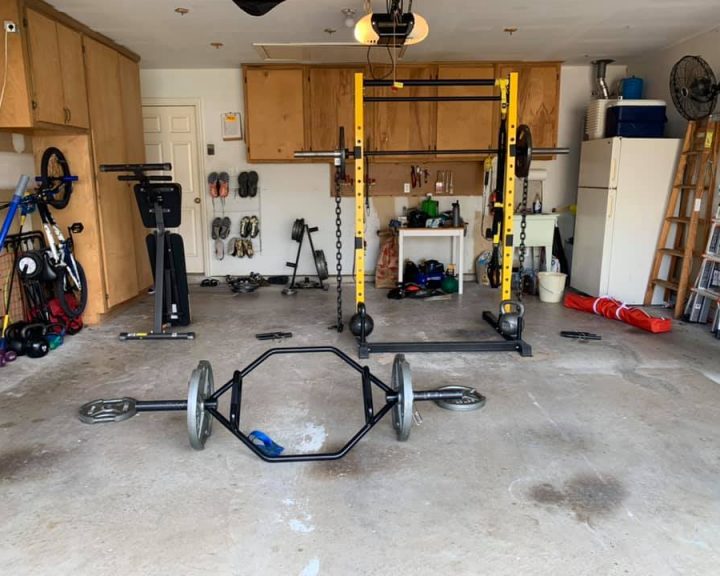Resisted sprints: partner sprinting
Resisted sprinting is a way to make sprinting more difficult. The idea is that athletes will learn to recruit more motor units during resisted sprinting and then this can be transferred to non-resisted sprinting, resulting in a faster athlete. There are a lot of ways to do resisted sprinting. Partner sprinting is one of these ways.
Partner sprinting is a pretty simple way to do resisted sprinting. For this type of resisted sprinting there is an athlete who is performing the sprints and one who is providing resistance. Normally the resistance is provided behind the athlete, in other words the athlete is running with their partner serving as drag.
The person providing resistance is normally attached to the sprinter by a special belt. The sprinting athlete will start off at the start line and the partner will back up so that there is tension on the belt attaching the two. On the “go” command the sprinting athlete will sprint and the partner will walk behind the athlete. This is done for 5-20 yards, three to five sets with full recovery in between. This can also be done with a large towel (i.e. the partner stands behind the sprinter, holding a towel around their waist).
If the equipment is present, then this is conducive to working with a large number of athletes at one time. It’s a very simple way to do resisted sprinting.
Partner sprinting has several drawbacks. First, partner sprinting requires some level of equipment, even if it involves only using towels. This makes it a challenge to use with large groups of athletes at once if you don’t have a large budget.
Second, the weight of the partner can disrupt sprinting mechanics for the athlete who is doing the sprinting. With resisted sprinting, most recommendations call for somewhere around 12-15% of the athlete’s bodyweight as added resistance. Too much weight and mechanics can change, which could transfer over to non-resisted sprinting.



